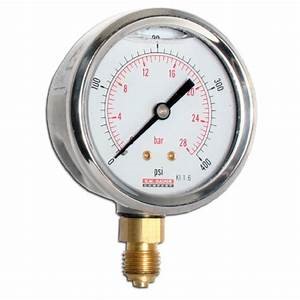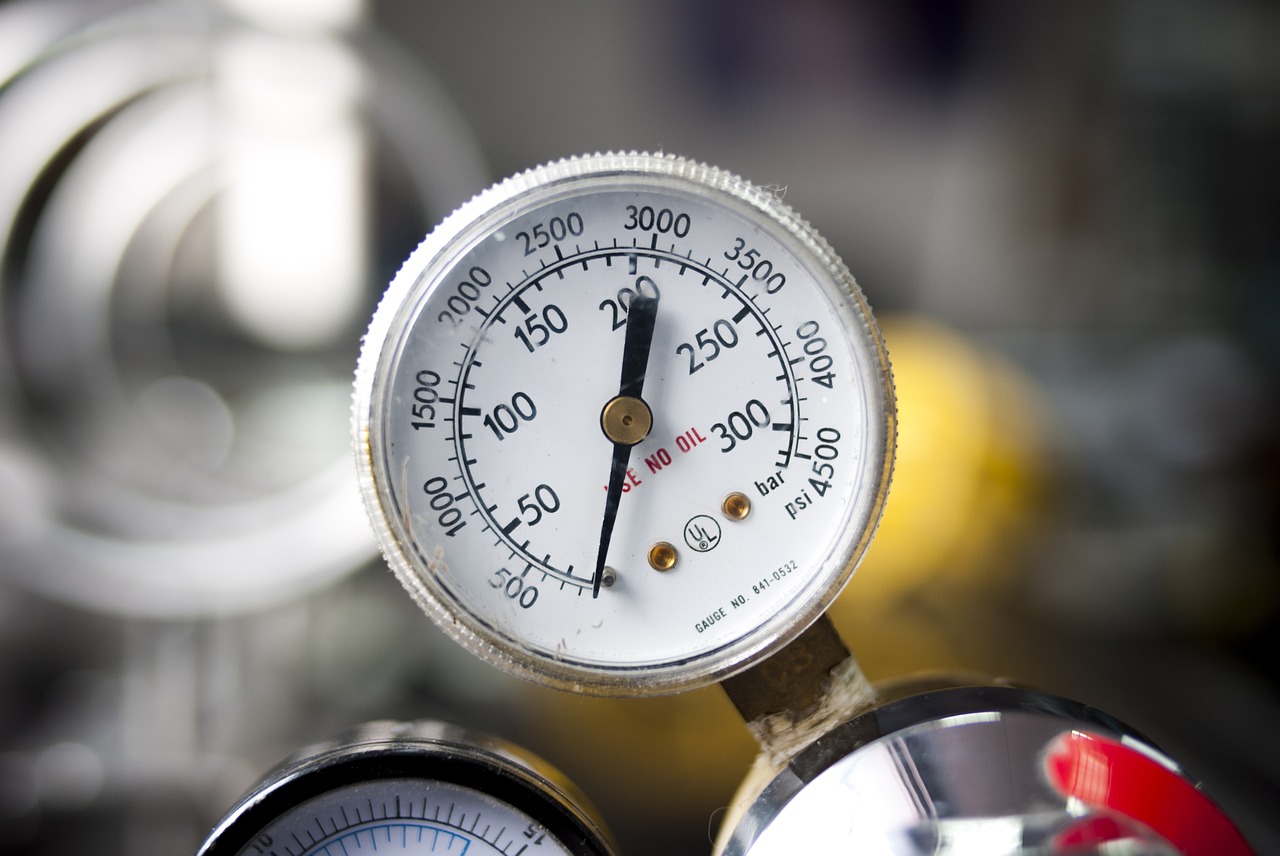What is the difference between a glycerin-filled pressure gauge and a dry pressure gauge?
With regards to picking a pressure gauge, the choice may appear to be basic. In any case, prior to leaping to a choice, there are a few variables to figure out which gauge is an ideal choice for yourself as well as your application.
Being educated with regards to the resources and disadvantages of liquid and dry gauges could set aside your time and cash. In this blog, we will go over when and why you ought to pick a glycerin-filled gauge over a dry gauge. This will assist you in settling on an informed decision.
Glycerin-filled pressure gauge

Liquid filled gauges are utilized for estimating pressure points of high pressure like quick and successive burdens, pressure tops and mechanical vibrations. Liquid filled gauges are commonly loaded up with either glycerine just or a mix of glycerine and water. Explicit glycerine gauges are required relying upon the various conditions you require the gauge for.
Standard liquid filled gauges are loaded up with 100% (99.7% min.) glycerine which begins to become tacky at +17 degrees C, as the temperature diminishes the more vile the glycerine becomes making the pointer move gradually to the right position. At – 5 degrees C the gauge would quit working totally. Areas with an even temperature that doesn’t change regularly, would be the ideal home for a standard gauge.
Liquid filled gauges that have 2 sections glycerine with 1 section water can be utilized in temperatures as low as – 46 degrees C. These kinds of gauges are great for areas that have incredibly chilly conditions. For instance, locales that have more brutal winter temperatures might think about this sort of gauge. Most liquid filled gauges are totally water/air proof which permits them to act in destructive conditions and are impervious to dampness interruption and icing.
Glycerin filled pressure gauges are great for hosing the impact of vibration and throb. It likewise greases up the development and interior parts which expands the existence of gauge. It upgrades the unwavering quality and uprightness of the estimating framework for significant stretches under outrageous working conditions.
Dry Pressure Gauge
In specific applications, a liquid filled gauge may not be the ideal gauge as the components might be exorbitant. Dry gauges are mostly utilized for modern machines including air blowers. Ideal for conditions where mechanical vibrations isn’t a worry and where there is next to zero dampness. Low enough temperatures can make dampness convert to ice and that can make the gauge bomb totally.
Albeit dry gauges are normally less expensive than liquid filled gauges, whenever utilized in mistaken applications it could set you back more cash over the long haul. Liquid filled gauges can ingest vibration and pressure spikes which will lessen the chance of horrible showing or disappointment. Low disappointment rate implies less cash spent buying substitutions.
Notable Difference:
While dry pressure gages are the most ordinarily utilized gage, they do have a few disadvantages.
- The dial might become hindered by dampness developed in the gage.
- Temperature drops might make irreparable harm the sensor’s stomach, howl, Bourdon cylinder, or cylinders.
- Floods of pressure might be bound to immediately blast the gage.
A glycerin-filled gage will accomplish a similar work as a dry gage; notwithstanding, the accuracy is typically more noteworthy. Glycerin-filled gages are accessible in similar reaches, or now and again bigger reaches, as their dry partners.
These gages include a scale and face associated with glycerin, bringing about decreased perceivability issues in moist conditions and security from throbs and pressure spikes inside a framework. The liquid additionally mitigates the impacts of vibrations and inside grating of moving parts. Glycerin will assist with forestalling inward erosion of the gadget by going about as a door to keep dampness and different substances out.
Conclusion: Both liquid and dry gauges are accessible in pressure ranges equivalent to one another however sometimes liquid gauges can be accessible in a higher reach. Choosing the right gauge off the bounce is the way to set aside your cash. The above blog explains to you the intricacies of the functioning of the two types of gauges along with their practical application. In case you are looking for glycerin filled pressure gauge manufacturers check out Eslamed. They make high quality products at affordable prices.

